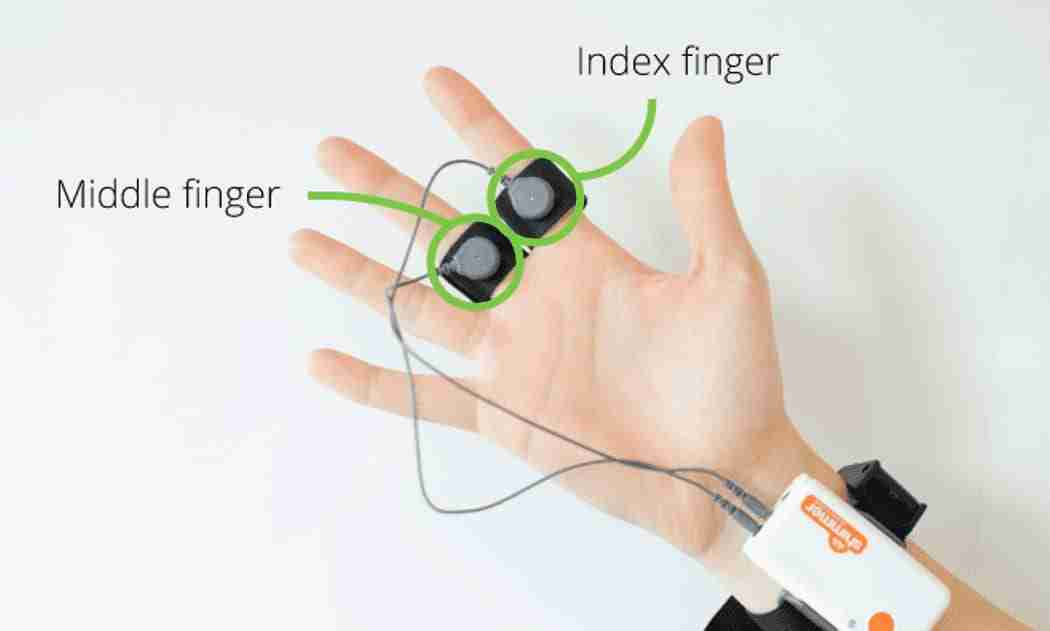Shopping Journey
A measurement of a consumer’s movement through a particular space using GPS technology.

The galvanic skin response (GSR) refers to changes in sweat gland activity that are reflective of our emotional arousal. Typically an electrode is applied to the fingers to measure skin conductance, and the higher the skin conductance, the higher the arousal. GSR is becoming an increasingly popular and exciting ‘biometric’ in market research as it can uncover the consumers’ subconscious, physiological arousal towards a particular product, brand or advertisement.
Our level of emotional arousal changes in response to the environment we’re in – if something is scary, threatening, joyful, or otherwise emotionally relevant, our bodily processes trigger automatically; the heart beats faster, the pulse rises, and our hands become sweaty. Sweat, even in small quantities, acts as a conductor of electricity. Both positive (“happy” or “joyful”) and negative (“threatening” or “saddening”) stimuli can result in an increase in arousal – and in an increase in skin conductance. The GSR signal is, therefore, not representative of the type of emotion but its intensity of it.
As skin conductance is not under conscious control, GSR is seen as a reliable, objective indicator of our emotional state and emotion is a well-established driver of consumer decision-making. In market research, respondents are strapped to GSR sensors whilst exposed to various stimulus. Key metrics such as the number of peaks and the peak amplitudes allow researchers to compare the arousal levels of various products, brands or marketing materials. The results can inform product development, packaging development, copy, website and advert testing.
GSR is It is not designed as a standalone market research tool due to its broad measure of emotional arousal. It is therefore important to use in combination with other techniques, such as facial expression analysis or self-reported survey data to delve deeper into the type of response.
Keep up to date with the latest news from Vision One.
A measurement of a consumer’s movement through a particular space using GPS technology.
System 1, developed by Kahneman (2011), refers to the brain’s processing of information quickly, instinctually and emotionally, and this is usually done unconsciously. The opposite to System 1 is System 2 which is responsible for slow, conscious, logical and deliberative thinking.